
Willy Nelson, need I say more
I've ditched the usual header for the moment, I think it doesn't help much anyhow.
This page is copyrighted by me, and may be read and transfered by any means only as a whole and including the references to me. I guess thats normal, the writer can chose that of course, maybe I´ll make some creative commons stuff one day, of course I have made Free and Open Source software and even hardware designs available!

same song, as was ´T´is weer voorbij die mooie
zomer´ a big hit for Gerard Cox in Holland in early 70´s.

Lori Spee, one of the first CD´s I could try out on the first CD
player in my room in the early 80s.
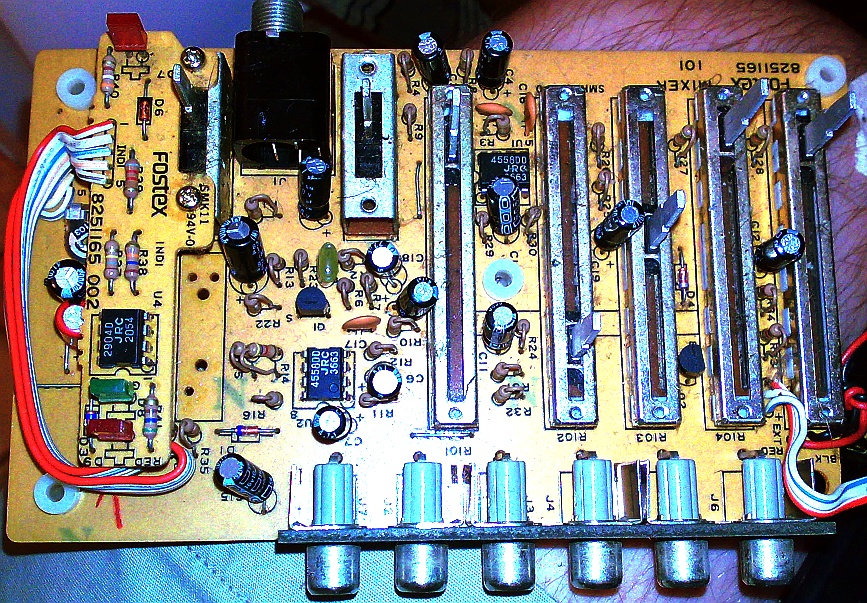
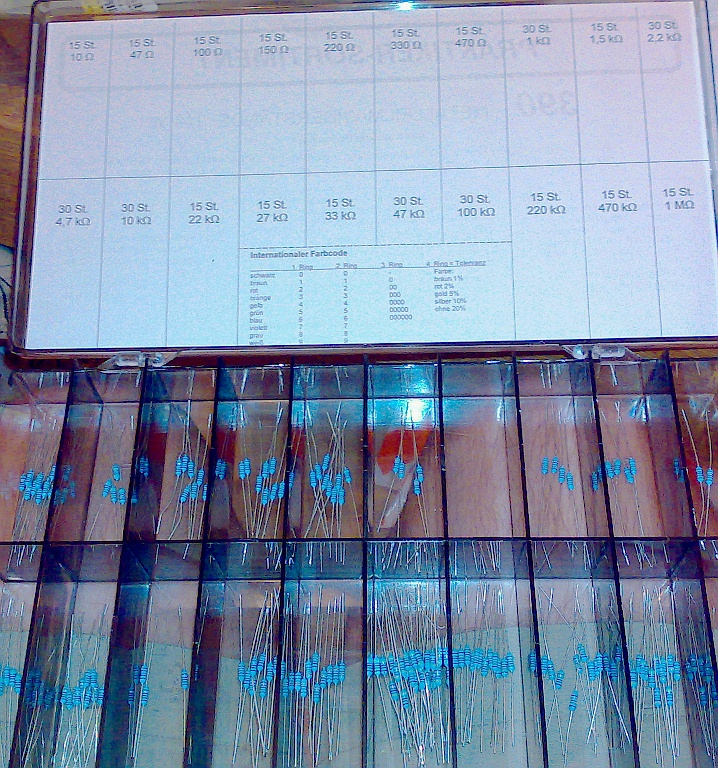
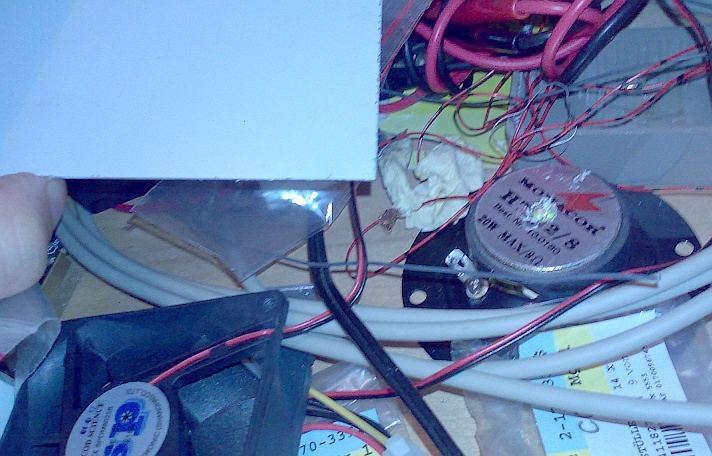
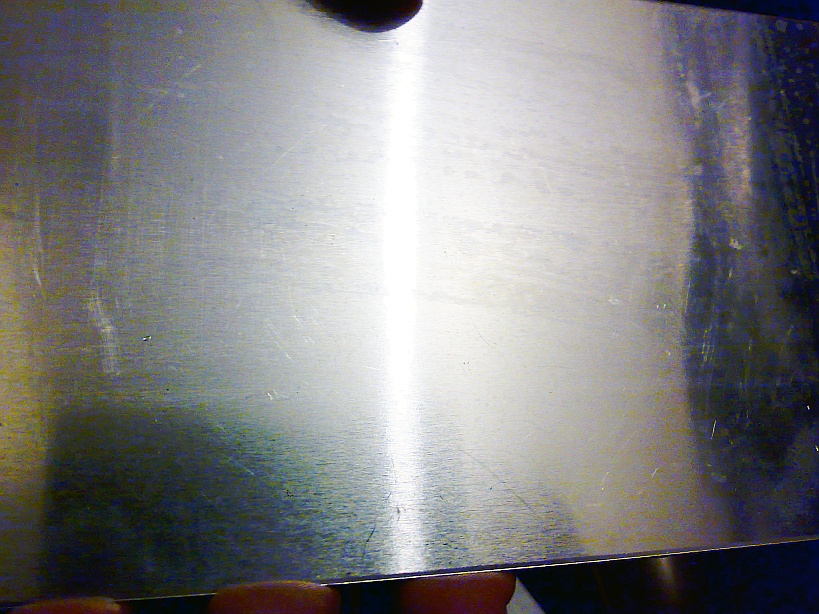

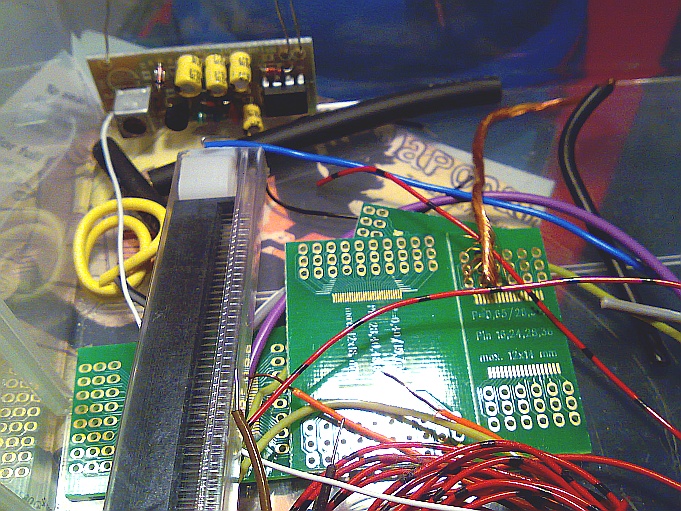
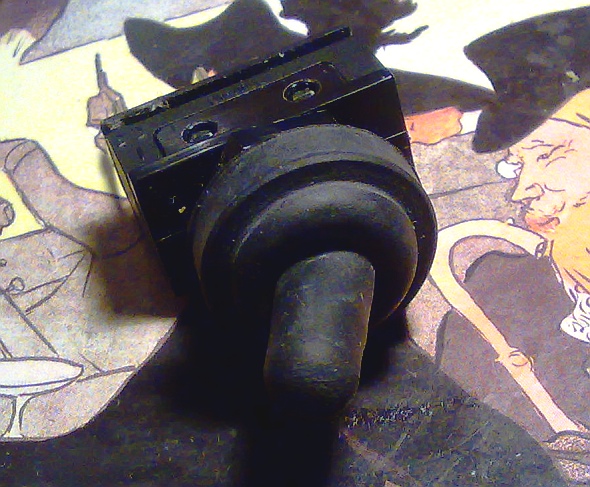
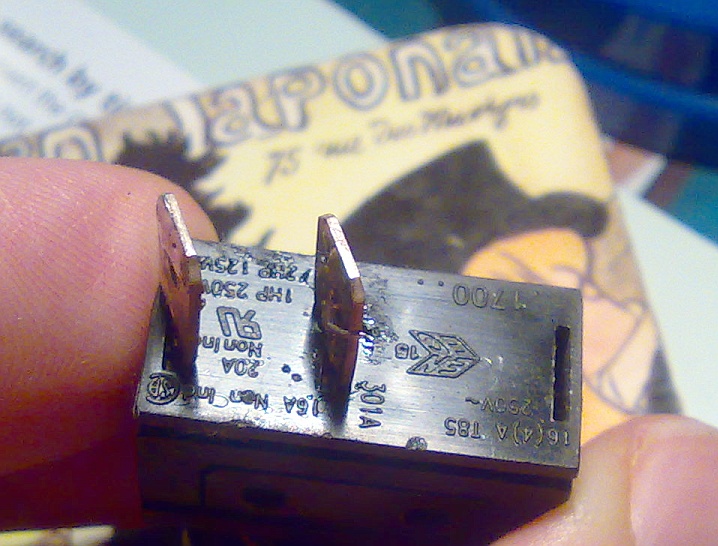

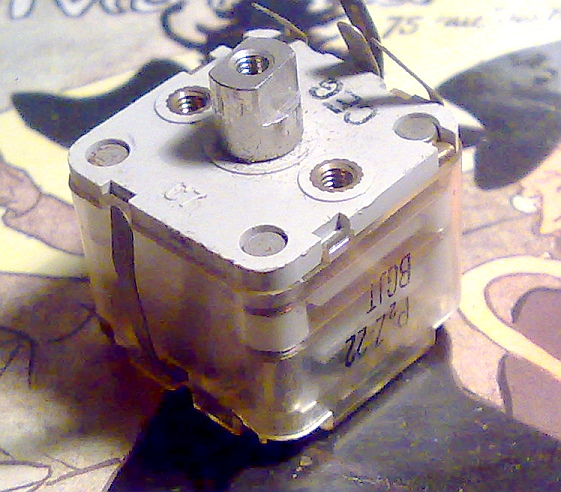
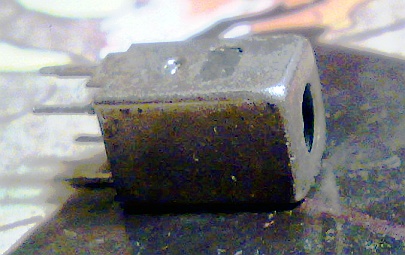
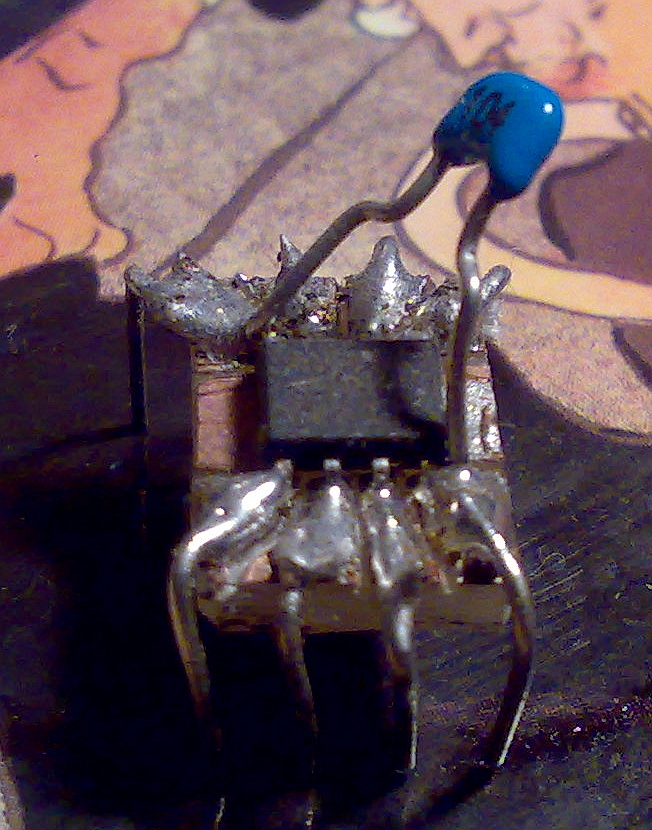
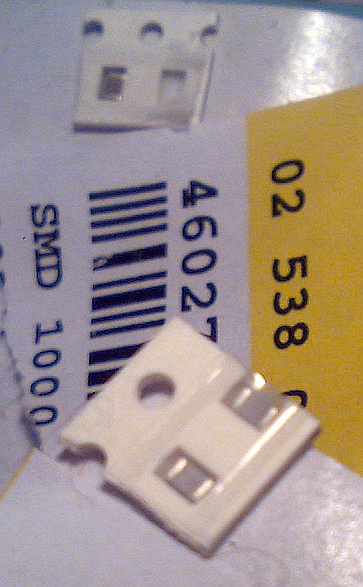
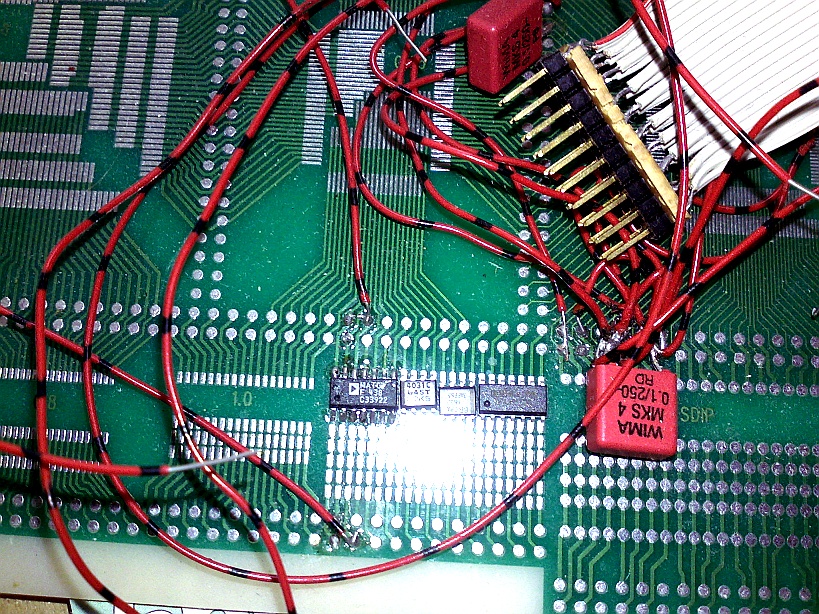

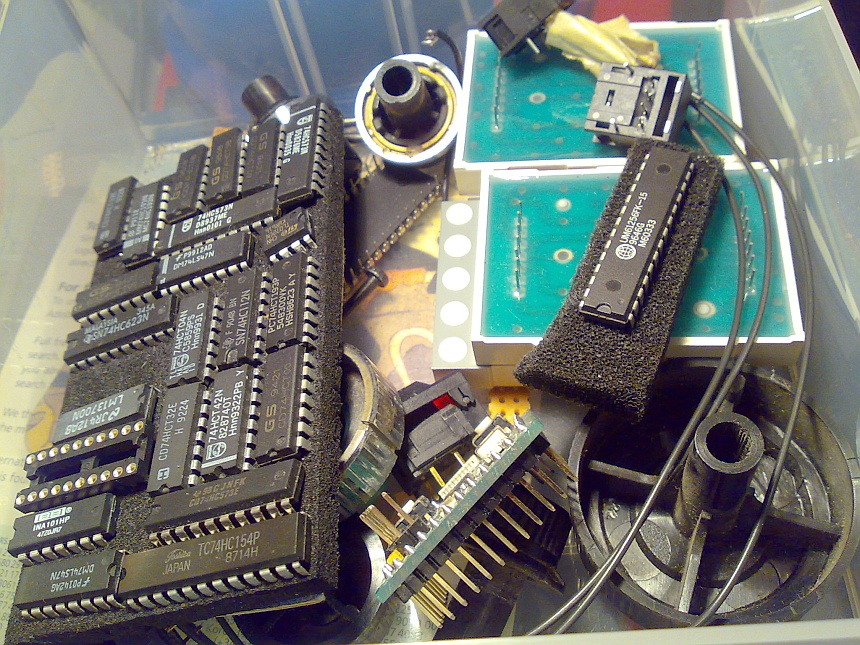
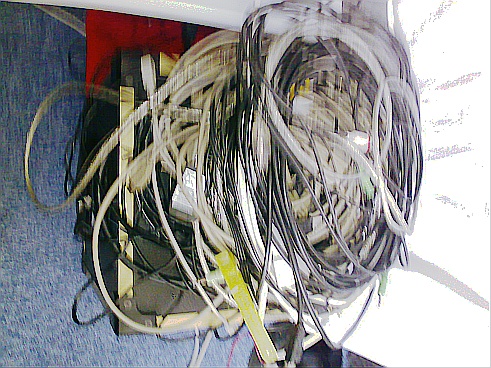
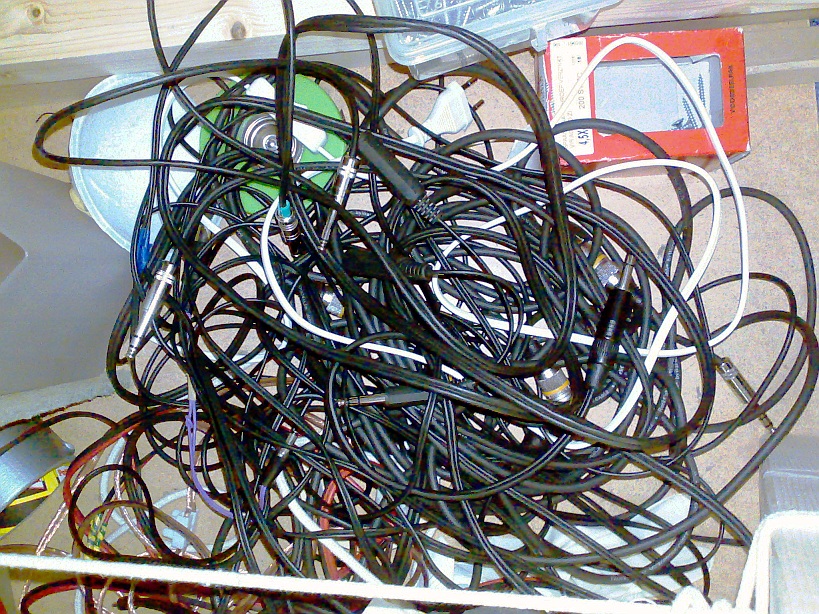
What a proposterous mess that is Theo!? Well, no I moved two computes where the server is a few meters, and ripped out all the cords not directly needed for the the webcam (Birdcam) and some basic audio facilities, so I pulled out Usb cables for xilinx boards, dsp boards, DA converter and photo cameras extra disc space, firewire connector for HD cam, various serial port cables for xilinx and DSP experiments, A xilinx programmer cable (parallel port) a Usb powered extension cord of 5 meter for wireless mouse charging or USB MIDI connection from a distance, Tos connector cables for the DA/AD converter, and I removed some scart and audio and video cables from the (normal) video digitizer box.
So you put all your cables and stuff on an impressive pile!? Oh no, the
right picture shows yet another pile with Xlr microphone cable, jack
cables, jack split and stereo to mono and balanced cables as well as
long midi and optical cable
.
Less low level? A Xilinx Spartan 3 card with 1 megabyte fast static
memory and periphierals and some IO and 120 pin connectors:
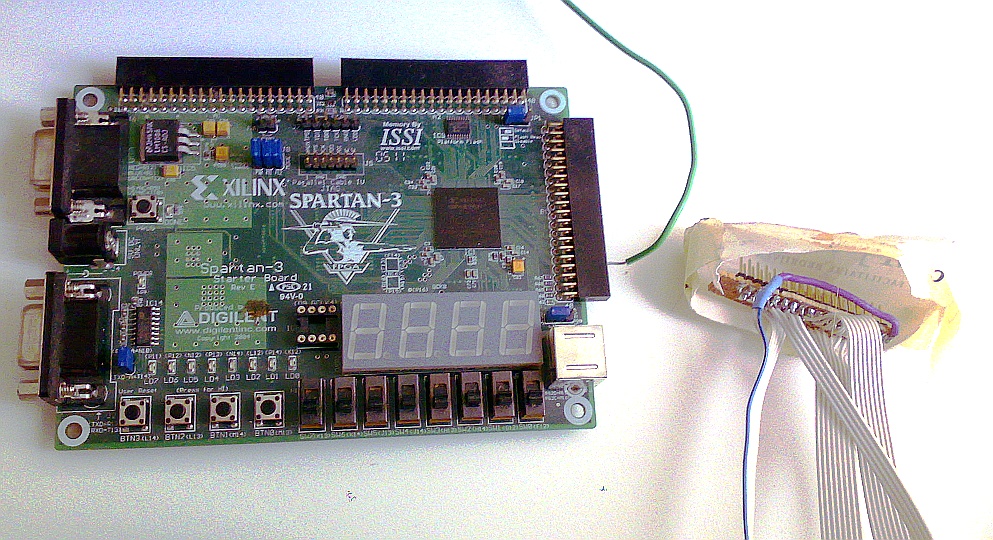
Can be connected up with this dual core Blackfin DSP board from Analog
Devices
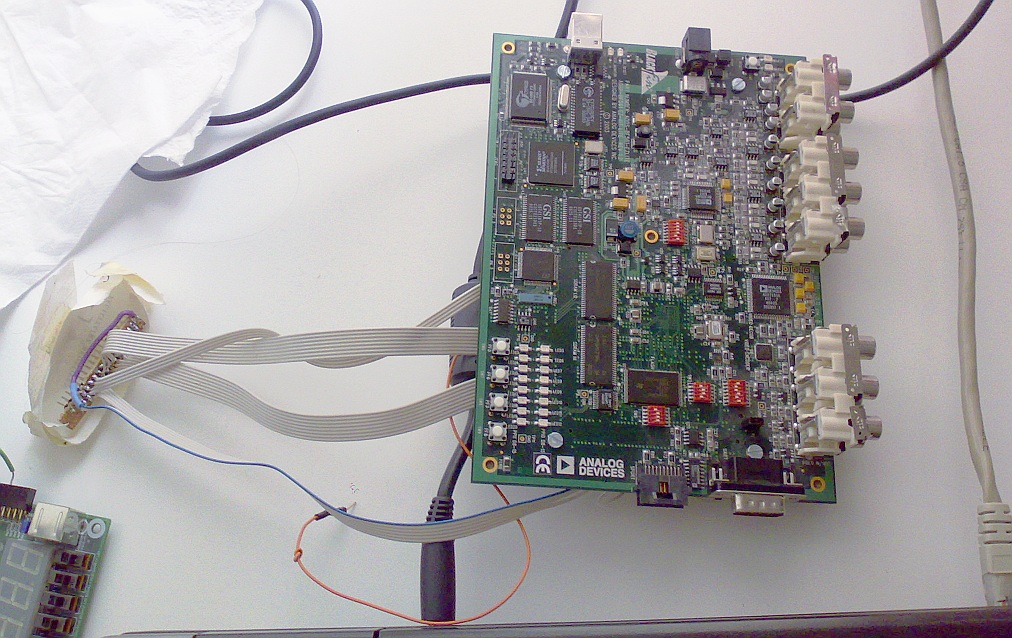



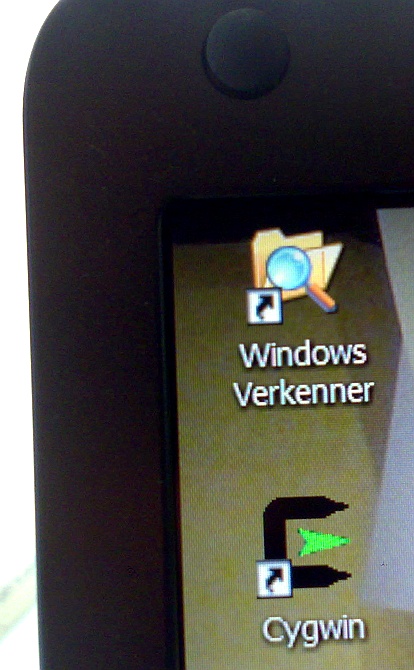

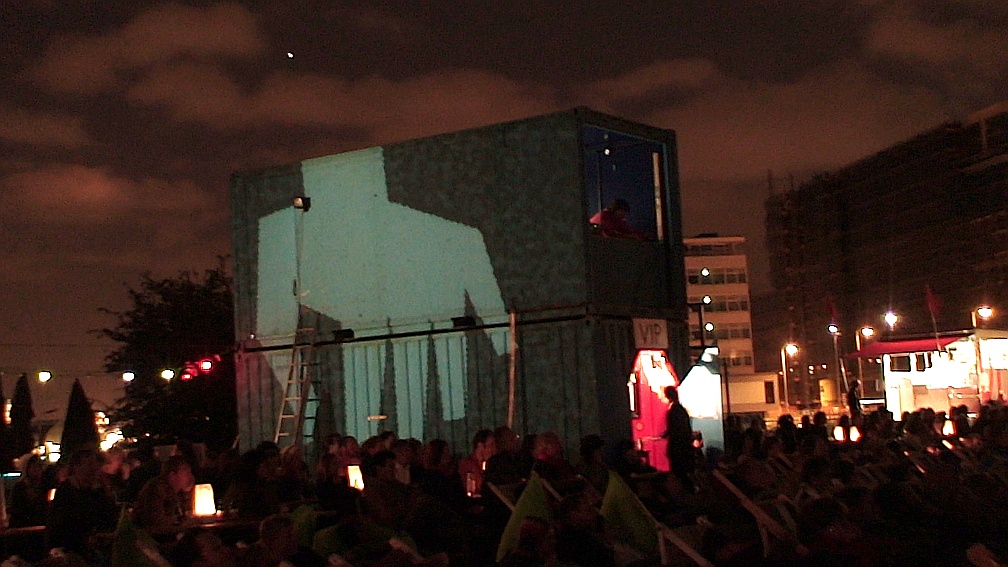
Last page I observed gnuplot when called from maxima gets
certain graphs wrong so I made my own graph draw routine for use in my
mathematical formula to soundwave web script.

now becomes this:

This image came up during testing:

See also the tcl wiki .
A very slow (low frequency) wave example:

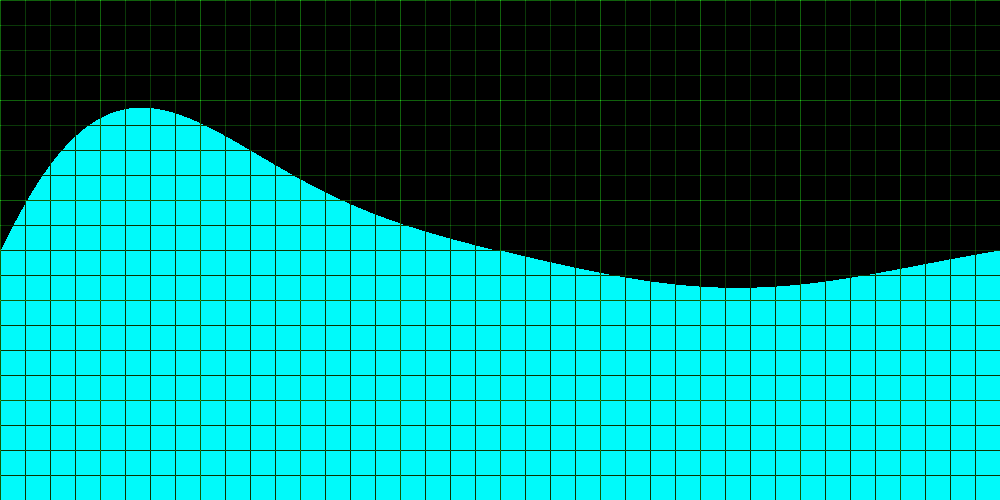
Can you form the correct page url from the above information (the
answer is here)?
In short, I could get about 10 million sine (in double format)
computations per second from a PC. Funny in enough in 16 bits (a whole
lot less) I get 10 times as many on a Spartan 3E FPGA, in practice! And
with not so much troughput (pipeline) delay.
It´s finaly reality: a Linux program driving sound via Jack, getting MIDI via Alsa which turns formulas/graphs like above into sound in realtime, without any messing with the waves.
I´ve use an example c program jackminisynth.c from the
internet, and made sure it compiled, in this case on the server, a 64
bit Fedora 8 3.2GHz Athlon machine, which drives a Lexicon DA converter
using Jack and Alsa or Oss, and which has a midi input as well, which
can make it run under control of a midi keyboard. I had to update Alsa
to get the development files ot install with Yum, and I recompiled Jack
(version 103) because yum didn´t have the right version
(anymore), which was annoying. After setting up the configure script
and figuring out which libraries to use the sound C program works good.
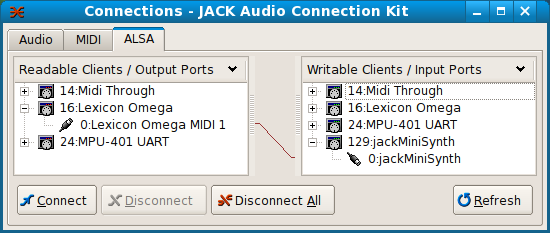
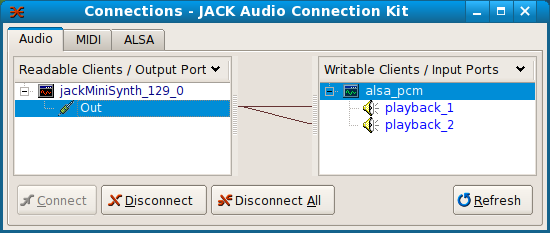
The left and right solo voice and bass are mathematical waves, IIRC
from the example page.
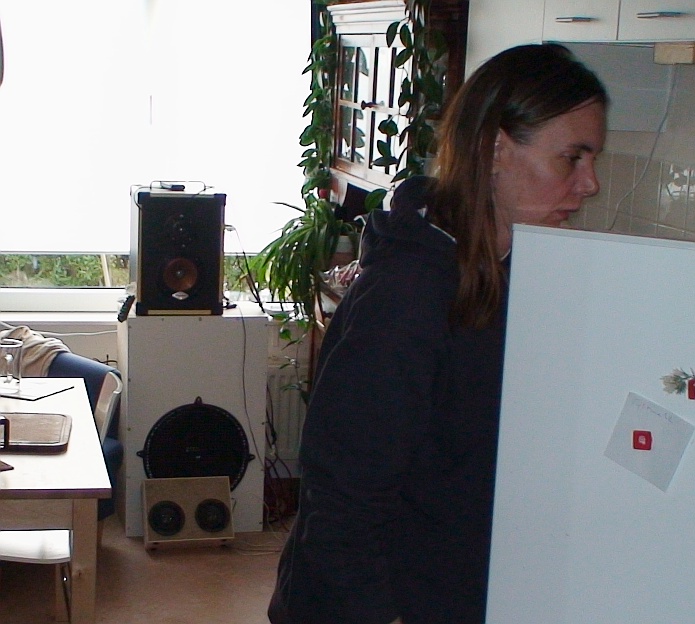
It´s more atouch insane setup, but works great: One biamped
monitor (with stereo bi-amping) driving as external biamped speaker a
15' neutrally boxed woofer and a small pioneer speaker as tweeter.
Normally the sub is driven by my previous main amp which is in 19
inch rack casing, with at least 100 Watts sine power per channel but
considering it´s in bridge probably up to 300 or even 400 watts
sine (!) power, which of course would be incredibly loud in a normal
room. It is only driven with fairly well filtered frequencies under 40 Herz (most subs
don´t even work well a bit above such frequency, but my main
system has 12 inchers which dive well into the 30 herz range, and
lower, themselves when needed) which sounds very soft at normal volumes
(check the well known loudness sensitivy graph, easily ten times more
power is needed for such low frequencies). And the max power is never
reached, because even if I try some loud things out, there is currently
a maximum in the signal chain, and I never put the end amplifiers that
loud, ever. All for the better because the sub may handle a real
500Watts, it´s a big 15 inch, like in disco systems, and it is
likely that if I´d adjust and solder the system a little
different, it would actually have to handle such a music power, as I
did demonstrate in public after I´d just built it.
Again luckily: the sub and to a lesser extend the main speakers and
to yet a lesser extend the back (rear) speakers are damped. In the case
of the sub, the back and sides are extremely
damped:
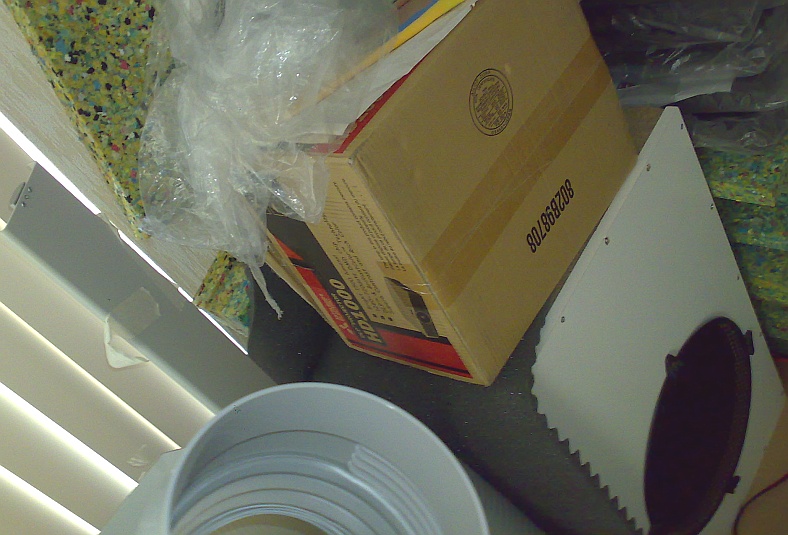
Thats 3 (!) layers of heavy duty pro damping material back there!
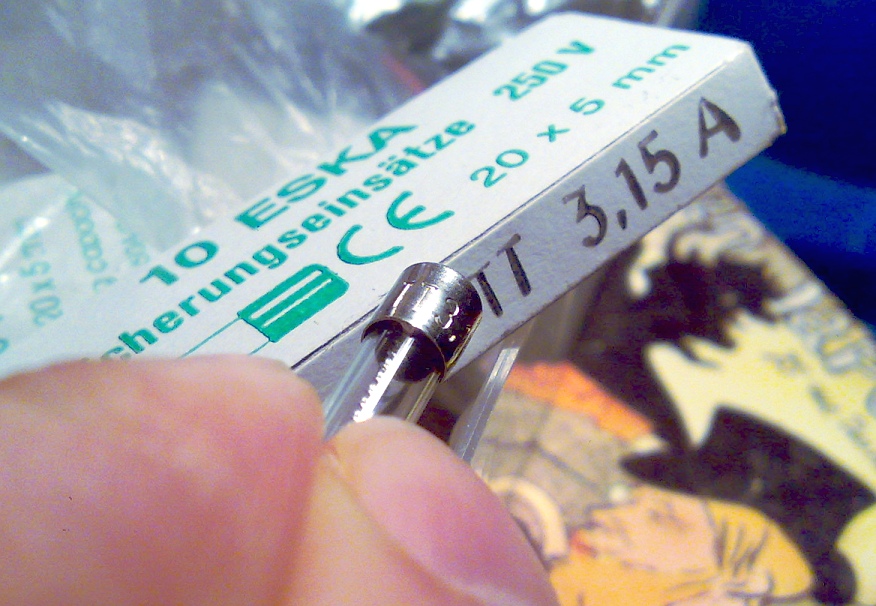
Really, that much power ? Oh yeah, the main amp regulalry blew the
automatic fuse when it was put on, so I had to make the currently
limited startup circuit (albeit simple) which I described a few pages
ago, and it has this superslow
fuse, otherwise the fuse blows when the machine is put on on a heavy
supply socket. TT means traag (traege) but extra, the superslow is
conrad terminology, or possibly form the manufacturers datasheet. Well,
I hear you compute, 3.15 amp times 230 Volts makes about 700 Watts,
yeah, right. That is for four channels and the sub amp is a seperate
machine. And the rear bi-amped (the front is triple-amped) system is
seperately amplified and supplied, too.
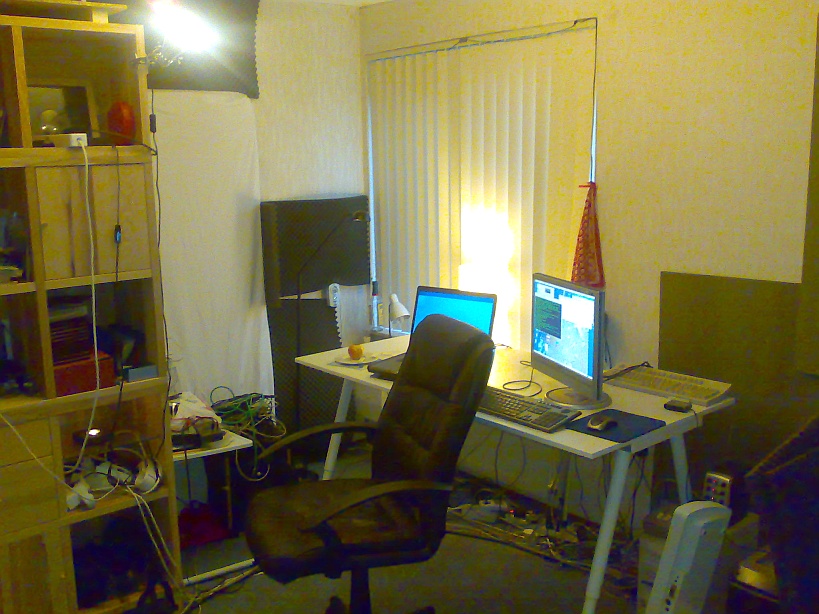
I rearrange things often. Almost american-like lighting!


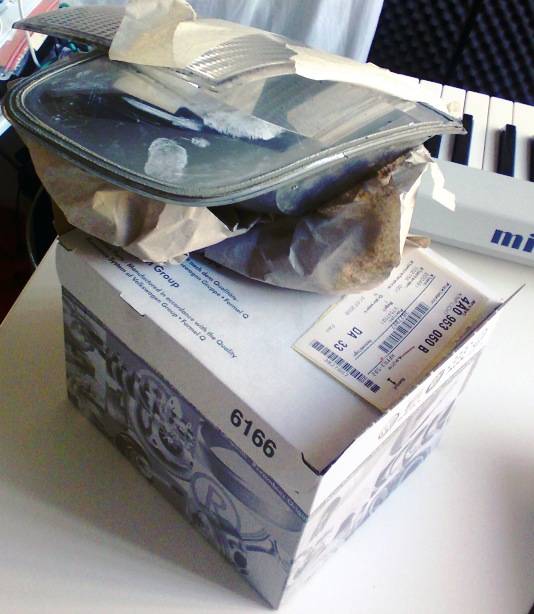
An Audi part!
Not really. Well, there was a great sale at conrad for two model
planes for under 30 Euro. And they really fly! But are foam models.
I did some flying hours with a more serious model: a chopper. But
that has to have it´s 3d gear wheel change because the rotor hit
the grass when I tried it out on such teritory. That´s a great
model though, a fixed pitch multi digital channel electric machine of
lets say 50cm which can do serious flying, as I test indoors, but in a
small space, which isn´t nice.
A little movie from the tiny flying
heli in mp4 format (straight from the Nokia Communicator).
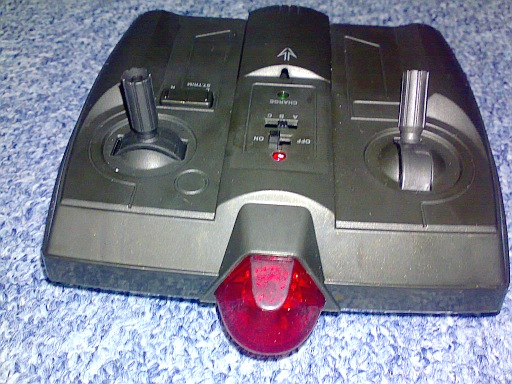
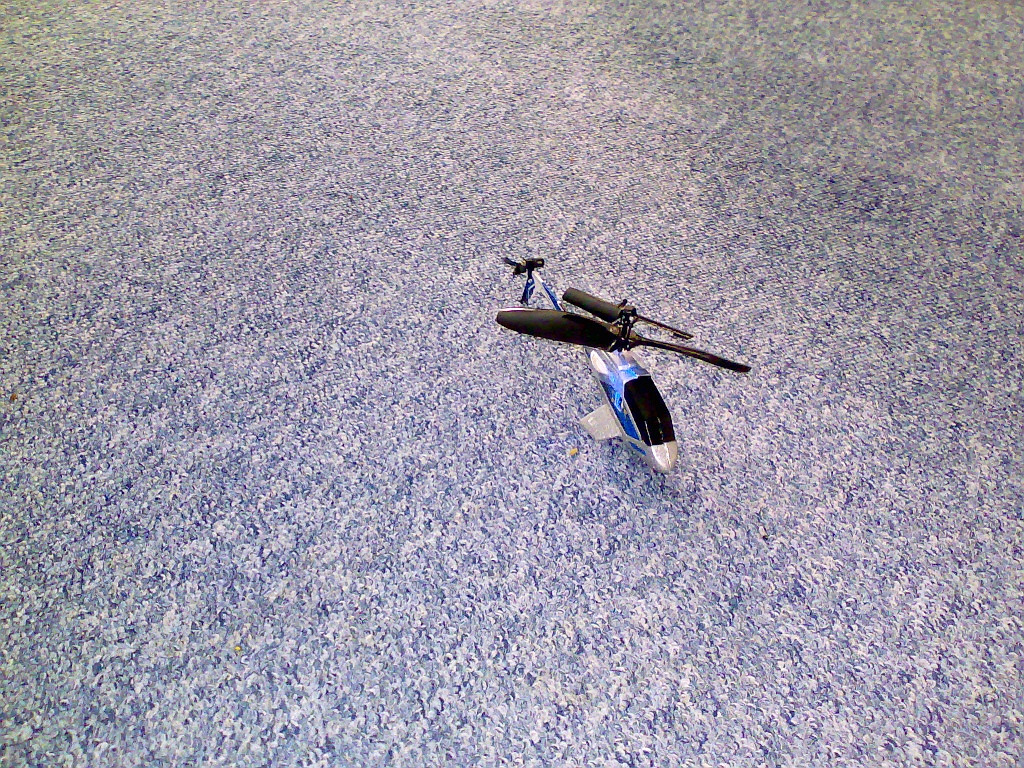

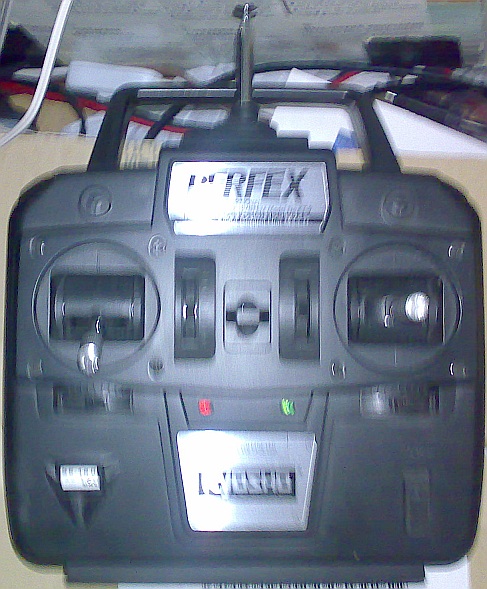
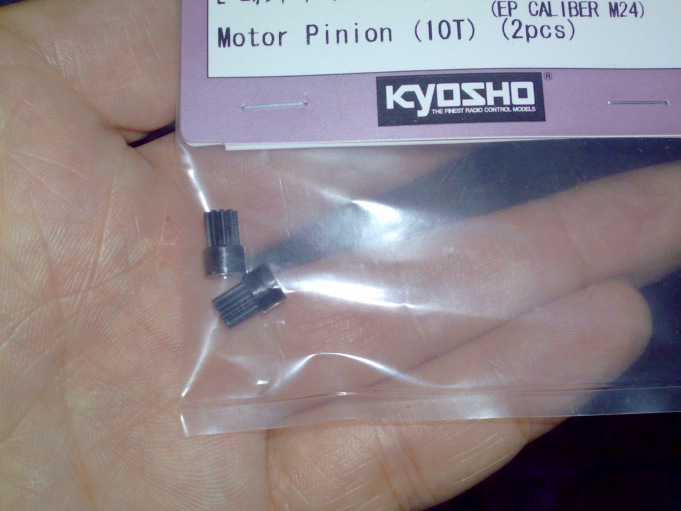
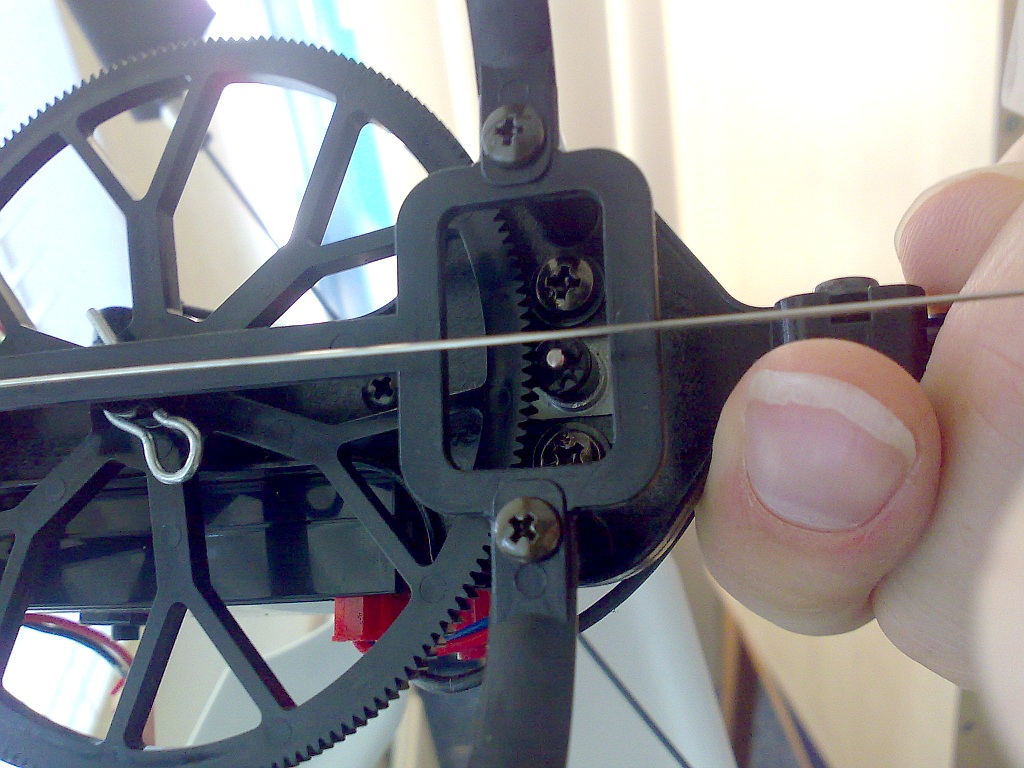
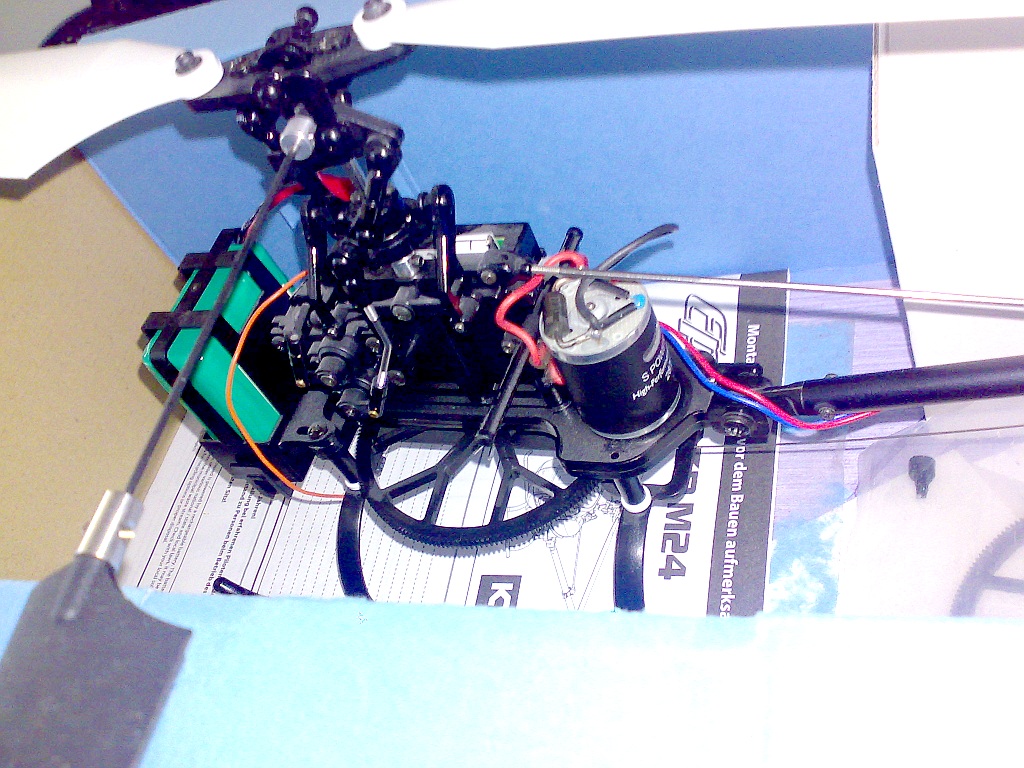
What´s that?! A model helicopter, a pretty decent one, an
electrical chopper with 2 servos and 2 motors and builtin gyroscope and
cyclic pitchless flight control loop, leightwright frame with stif
beam, ball bearings for the main rotor, and NiMh battery pack and multi
channel transmitter of course. I did fly it years ago, and
´hopped´ and bit flown it recently but wouldn´t call
myself sufficiently trained yet, but I got fairly good control when I
concentrate. I don´t think it can lift an HD cam...